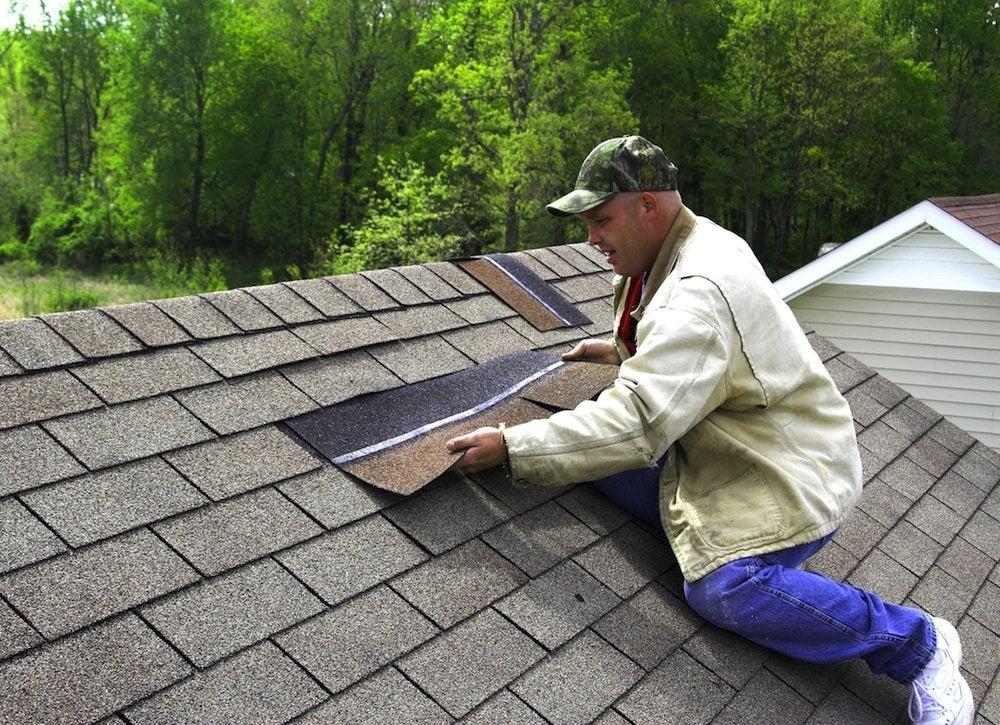Your roof is a critical component of your home, providing shelter and protection from the elements. Roofs undergo deterioration over time, ultimately necessitating replacement. But what if you lack certainty regarding the last time your roof underwent replacement? It’s essential to have this information for maintenance, insurance, and resale purposes. In this guide, we’ll explore various methods to help you determine when your roof was replaced, ensuring you stay on top of your home’s maintenance needs.

Method 1: Check Your Home Records
Consult Your Homeowner’s Manual
If you still have the homeowner’s manual that came with your house, it can be a valuable resource. Often, this manual contains information about the construction and major renovations, including the last roof replacement date. Check the manual or any documentation that came with your home for details.
Method 2: Examine Your Inspection Reports
Inspect Your Home Inspection Reports
If you’ve had a professional home inspection done before buying your house or during any subsequent inspections, these reports might contain information about the condition of your roof. Look for mentions of the roof’s age or any recommendations for repairs or replacements.
Method 3: Contact Previous Owners
Reach Out to Previous Homeowners
If you’re in touch with the previous owners of your home or have their contact information, consider reaching out to them. They may have records or memories of when the roof was last replaced. It’s also an opportunity to gather insights about the roof’s maintenance history.
Method 4: Inspect the Roof Itself
Conduct a Visual Inspection
If you can safely access your roof or have a professional do it for you, a visual inspection can provide clues about its age. Look for:
- Shingle Condition: Check the condition of your roofing shingles. If they are curling, cracked, or missing in places, it’s a sign of aging.
- Layering: Count the number of shingle layers on your roof. If there are multiple layers, it may indicate that the roof has been replaced at some point.
- Shingle Type: Different shingle types have varying lifespans. Asphalt shingles, for example, typically last 20-30 years.
Method 5: Consult Building Permits
Review Building Permit Records
In many areas, roof replacements require building permits. Contact your local building department or check their records online. If there was a permit issued for a roof replacement, it should include the date of the work. Keep in mind that not all roof replacements may have required a permit, so this method may not always yield results.
Method 6: Contact a Roofing Professional
Seek Expert Opinion
If all else fails, consider consulting a roofing professional. Experienced roofers can often estimate the age of a roof by examining its materials and condition. They can provide valuable insights and recommendations for maintenance or replacement based on their assessment.
Conclusion
Knowing when your roof was last replaced is crucial for maintaining your home’s structural integrity and ensuring it remains adequately protected. By following these methods, you can uncover the history of your roof and make informed decisions about its maintenance and potential replacement. Regular roof inspections and proper maintenance are essential for prolonging the life of your roof and safeguarding your home for years to come.



Leave a Reply